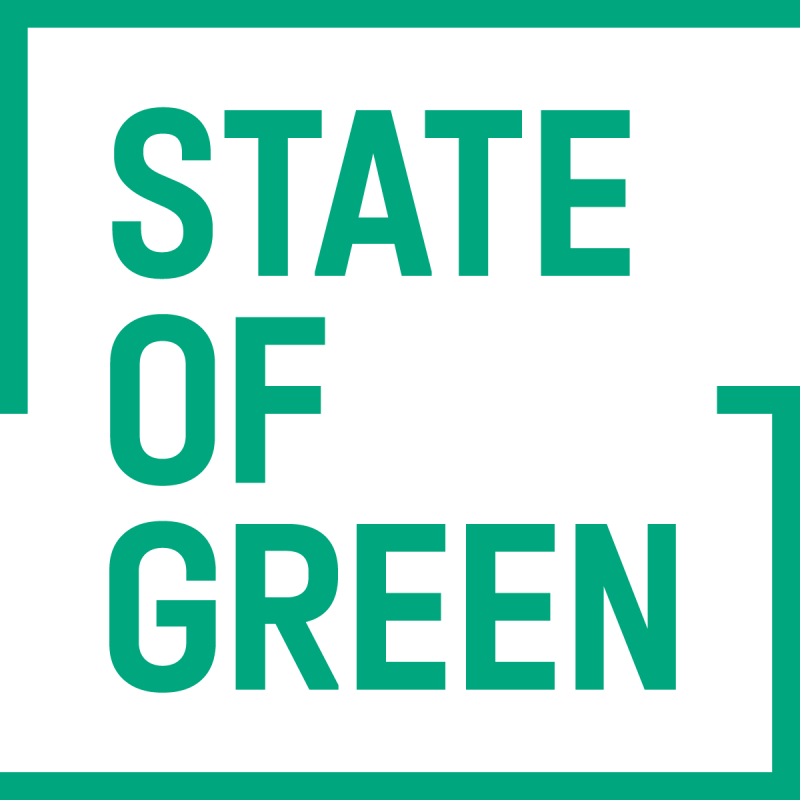Download our publication on financing the green transition
This article is part of our publication ‘Financing the green transition’.
Download nowPerspective
Green financing


When developing innovative technologies and solutions, gaining access to the necessary capital is often the hardest step. However, funding can come from a many sources and in Denmark, a number of governmental and intergovernmental funds can be applied for assistance. The funds select the most promising ideas and support them with not only funding but often also expertise, knowledge and support in the search for a new export adventure. In many cases, the governmental funds are looking for more than a financial yield. They are as well looking for a societal return in the form and shape of for instance job creation, environmental improvements or overall corporate social responsibility.
Public support programmes offer an efficient method for minimising risk related to research, development and testing of new technologies and contrary to financial support from private sources, public support is most often provided without share in the start-up as a quid pro quo. Oftentimes, however, a good idea is not enough to secure financial support. Fortunately, public financial support usually includes both a strong network, help with developing a good business case and aid for a strategy for securing intellectual property rights. Public financial support can as well function as a seal of approval in the search for additional investments.

This article is part of our publication ‘Financing the green transition’.
Download nowInnovation and the development of new technologies thrive when a number of stakeholder collaborate and it can create a positive outcome, when existing measures are questioned and existing concepts and ideas are challenged. Academia, private businesses and the public sector can work closely together in what is known as triple-helix structures to develop innovative ideas that not only benefit society but also create solutions and technologies able to survive on market-based terms. In Denmark, the triple-helix approach has proved a driver for the innovation process and a key part of the explanation for the successful technology development in the green industry.
Denmark has set the ambitious target to reduce its greenhouse gas emissions by 70 per cent by 2030 (in relation to 1990) and achieving the goal will require solutions we do not know today. As a result, innovation is the cornerstone of a greener future. Danish companies annually invest more
than EUR 9.3 billion in research and innovation and for 2020, the Danish parliament allocated approx. EUR 200 million to green research within energy, climate, agriculture, transportation, environment etc. As a small country with very limited natural resources, it is important to focus on knowledge and innovation. With 412 patent applications per million inhabitants, Denmark is already considered among the most innovative countries in Europe and an increasing amount of these patents is within the field of renewable energy development.
News
Job creation and just transition
+1